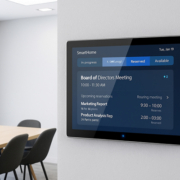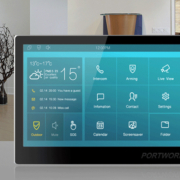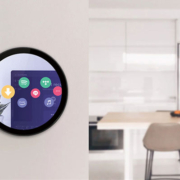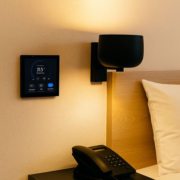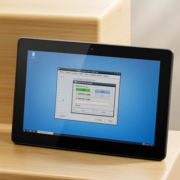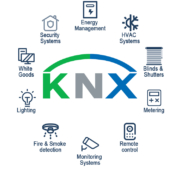What is KNX in Home Automation?
In the world of smart homes and intelligent buildings, KNX is one of the most established and reliable standards for automation. While many people are familiar with wireless systems like Zigbee, Z-Wave, or Wi-Fi, KNX offers a wired and highly standardized approach that has been widely adopted in residential, commercial, and industrial environments for decades.
1. What is KNX?
KNX is an open standard for home and building automation, recognized globally (ISO/IEC 14543). It was first introduced in the early 1990s and has since become the backbone of professional smart automation projects.
Unlike proprietary systems, KNX is vendor-independent, meaning devices from different manufacturers can seamlessly work together as long as they are KNX-certified.
2. How Does KNX Work?
At its core, KNX uses a bus system—a dedicated communication line that connects all devices (sensors, switches, actuators, and control panels) within the building.
- Sensors (e.g., motion detectors, switches, thermostats) send commands.
- Actuators (e.g., dimmers, relays, curtain controllers) execute those commands.
- KNX bus line ensures stable, secure, and real-time communication between them.
This architecture allows reliable, decentralized control—if one device fails, the rest of the system continues to operate.
3. Key Applications of KNX in Home Automation
KNX is widely used for both residential and commercial automation, offering:
- Lighting Control – Dimming, scheduling, and smart scenes.
- Climate Control – Heating, ventilation, and air conditioning (HVAC).
- Shutters & Blinds – Automated shading for comfort and energy efficiency.
- Security Systems – Integration with alarms, access control, and sensors.
- Energy Management – Monitoring and optimizing energy consumption.
- Multi-Room Control – Centralized and scalable management for entire buildings.
4. Advantages of KNX
Choosing KNX in smart home automation brings several benefits:
- Interoperability – Thousands of certified devices from hundreds of brands.
- Reliability – Wired bus system reduces interference compared to wireless-only systems.
- Scalability – Works in small homes or large commercial buildings.
- Longevity – A proven standard with decades of industry adoption.
- Flexibility – Can integrate with modern platforms like IP, BACnet, or even voice assistants.
5. KNX and Smart Panels
While KNX is traditionally associated with wall switches and dedicated controllers, modern smart home control panels (like those from Portworld) now integrate KNX functionality with Android-based touchscreens.
This combination allows:
- Unified interfaces for KNX + Zigbee + Wi-Fi devices.
- Custom dashboards for lighting, HVAC, and security.
- Seamless integration with Google, Alexa, or Home Assistant.
Such solutions make KNX more user-friendly and visually interactive, bridging the gap between professional automation and modern smart living.
KNX is more than just a communication protocol—it’s a global standard that ensures reliability, scalability, and long-term value in home and building automation. While newer wireless systems gain popularity for DIY projects, KNX remains the preferred choice for professional installations, especially when stability and interoperability are priorities.
With the rise of customizable smart control panels, homeowners and businesses can now enjoy the best of both worlds: the robustness of KNX and the flexibility of modern smart ecosystems.

